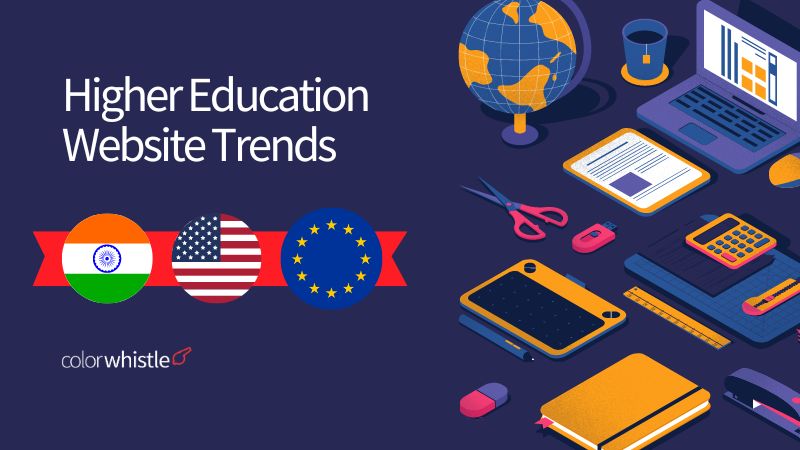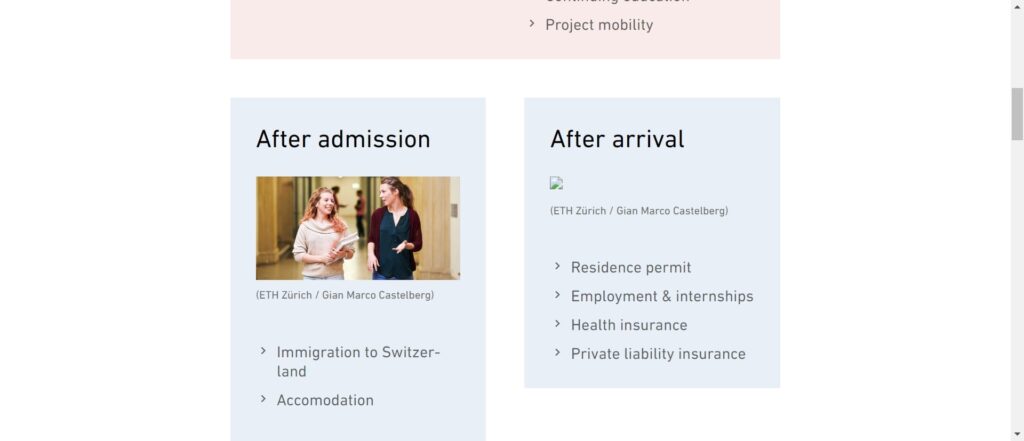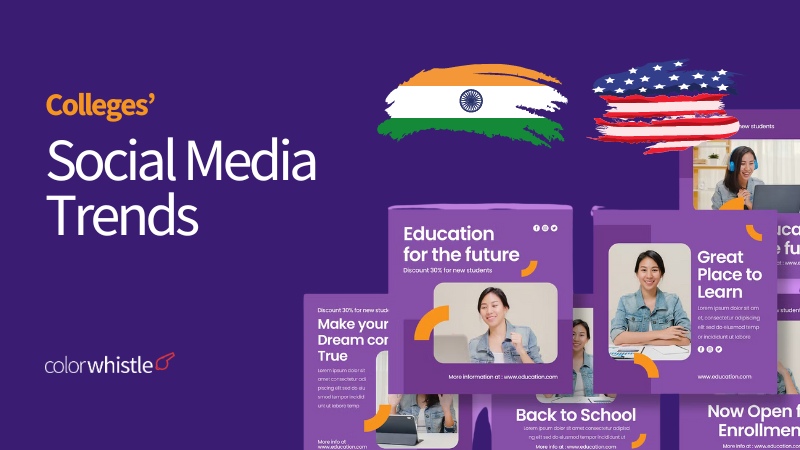Websites: The Chameleons of the Digital World! Believe it or not, the average website’s lifespan is just over two and a half years. Why? Because the web is a living, breathing thing, constantly evolving with new design trends. User preferences shift, technology leaps forward, and what was cutting-edge yesterday can feel dated today. That means websites need to be chameleons, adapting and refreshing themselves to stay relevant and keep visitors engaged.
The internet may seem a homogenous space, but website design preferences vary greatly across regions. The concept that “Website in each country has different characteristics” is evident in the diverse approaches taken by designers and developers worldwide to cater to their unique geographic audiences. Let’s delve into the distinct characteristics that set India, the USA, and Europe apart in the world of web design.
If you’re thinking about giving your education website a makeover, why not enlist the expertise of the best website redesign service agency to ensure a stellar outcome?
Education Website Trends in India, USA, and Europe – 2025
Website Design Trends for 2025

Immersive Imagery and Large Typography
Utilizing immersive imagery and large typography to capture users’ attention quickly and create visually appealing educational websites. This trend aims to decrease the time needed to convert by adapting the design to include bold titles and shortened messaging
Abstract Web Designs
Incorporating abstract shapes, high-contrast colors, and ongoing animations to add intrigue and visual interest to educational websites. Brands are increasingly using unique shapes to engage users and create visually captivating experiences
Dynamic Landing Pages & Responsive Web Design
Implementing dynamic landing pages with branded loading icons, prominent call-to-action buttons, and scrolling animations to keep users engaged. Responsive web design elements like animation and interactive features enhance user interaction and retention on websites
Detailed Footers
Enhancing website footers with drag sliders, prominent CTAs, and additional elements to provide more information and improve user experience. This trend, known as ‘footer boosts,’ ensures that the footer space is utilized effectively and inclusively in web design
Website Design with Depth and Dimension
Incorporating flat art design elements with shadows to create a 3D appearance and multi-color brand palettes to enhance visual appeal. This trend focuses on creating visually appealing designs that lead users seamlessly through the website. This trend leverages technologies like Augmented Reality (AR) to offer users a more engaging and memorable website experience
Innovative UX-Driven Diagonal Lines
Implementing seamless user experiences with ADA compliance and diagonal scroll effects to enhance website navigation. This trend focuses on creating engaging and user-friendly digital spaces that prioritize ease of use and accessibility.
Eco-Friendly Designs
Focusing on eco-friendly designs that prioritize sustainability and environmental consciousness in web design. This trend reflects a growing emphasis on creating websites that are not only visually appealing and user-friendly but also environmentally responsible and sustainable
AI Integration
Integrating artificial intelligence (AI) and machine learning into web design to create dynamic interfaces that adapt to user behavior and offer personalized experiences. AI tools enhance user-friendliness, provide visual appeal, and offer personalized content and layouts, making websites more engaging and interactive
Additional Trendy Design Features
- Minimalism 2.0: Clean lines, white space, and a focus on essential elements create a visually appealing and user-friendly experience
- Interactive Storytelling: Captivate learners with branching narratives, simulations, and gamified scenarios that bring subjects to life
- Data Visualization: Transform complex data into visually compelling infographics and charts for easier understanding
- Voice User Interfaces (VUIs): Provide hands-free learning and increased accessibility with voice commands for navigation and content interaction
Also Read
Website Development Trends 2025
The most popular web development trends for education websites in 2025 include Artificial Intelligence (AI) and Machine Learning, Low-code and no-code tools, Internet of Things (IoT), AI chatbots, Angular 17 and beyond, and Voice User Interface (VUI) and voice search. Here are the most popular website development trends for education websites in 2025.
Personalization with a Global Reach
- Focus: Tailoring content, learning paths, and language options based on user data (learning style, progress, location)
- Technical Features: APIs for integrating with external learning resources, robust data management systems with anonymization and security protocols, cloud-based infrastructure for scalability
Immersive Learning for All
- Focus: Integrating AR/VR experiences for diverse cultures and languages
- Technical Features: Expertise in 3D modeling and development using game engines, AR development kits (SDKs), tools for multilingual content creation
Accessibility at the Forefront
- Focus: Complying with global accessibility standards like WCAG
- Technical Features: ARIA development frameworks, automated accessibility testing tools, multilingual screen reader compatibility, and keyboard navigation support
Microlearning with a Machine Learning Boost
- Focus: Developing adaptive learning algorithms that personalize microlearning experiences
- Technical Features: Expertise in machine learning and data analysis, secure user data storage, integration with Learning Management Systems
Gamification for Global Engagement
- Focus: Designing game mechanics that appeal to a worldwide audience
- Technical Features: Culturally sensitive game design, integration with reward systems and leaderboards that function across regions
Bonus Trends
- Progressive Web Apps (PWAs): Offer app-like functionality for improved global accessibility
- Voice User Interfaces (VUIs): Enable voice navigation and interaction in multiple languages
- Multilingual Content Management Systems (CMS): Simplify content creation and management for a global audience
Also Read
How do Education Website Trends Differ Between India, Europe, and the USA?
In today’s digital age, university websites are no longer just online brochures. They are vital tools for attracting prospective students, showcasing academic programs, and providing a wealth of information. As the landscape of higher education continues to evolve, so too are the trends shaping university websites around the world. Let’s delve into some key trends in India, the US, and Europe.
India: Tailoring to a Mobile-First Audience
Mobile-first design is a crucial trend for Indian university websites with a significant mobile internet user base. Institutions like the Institute of Indian Technology Delhi (IIT Delhi) and the Indian Institute of Management Bangalore (IIMB) exemplify responsive design, ensuring a seamless user experience across devices.
Furthermore, India’s diverse population necessitates websites in regional languages. Universities are increasingly offering website content in regional languages alongside English. Jawaharlal Nehru University (JNU) is a prime example, providing content in Hindi to expand its reach. Similarly, Bharathiar University takes this further by offering content in multiple languages.
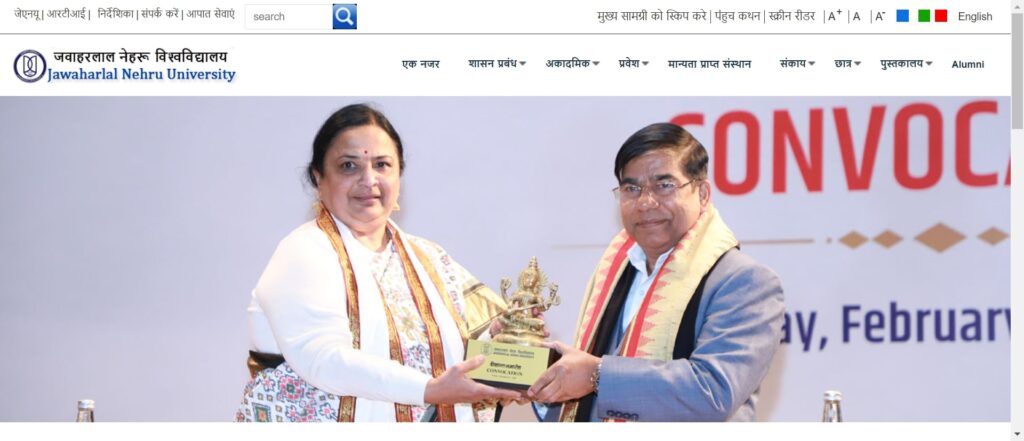

Virtual Campus Tours and Alumni Success Stories: Showcasing the Experience
Virtual campus tours and VR experiences are gaining traction in India, allowing prospective students to explore the university environment remotely. However, VR experiences for campus tours are still in their early stages of adoption in India.
Highlighting successful alumni can also resonate with students. Universities like the Indian Institute of Science (IISc) showcase alumni achievements, inspiring prospective students.

In India, web design trends focus on vibrant colors, rich imagery, and a mobile-first approach due to the high mobile usage. Websites in India often feature high-quality images, functional designs, and high contrast to emphasize messaging. The design is optimized for mobile devices, with a focus on simplicity and clear calls to action to enhance user experience.
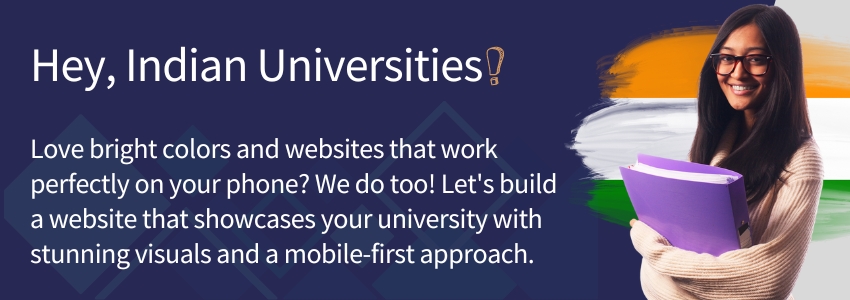
The US: Personalization and Career-Focused Content
US universities are prioritizing personalized content delivery. By leveraging data analytics, institutions customize website content to individual student interests. This targeted approach, exemplified by Arizona State University, enhances student engagement and provides a more relevant experience.
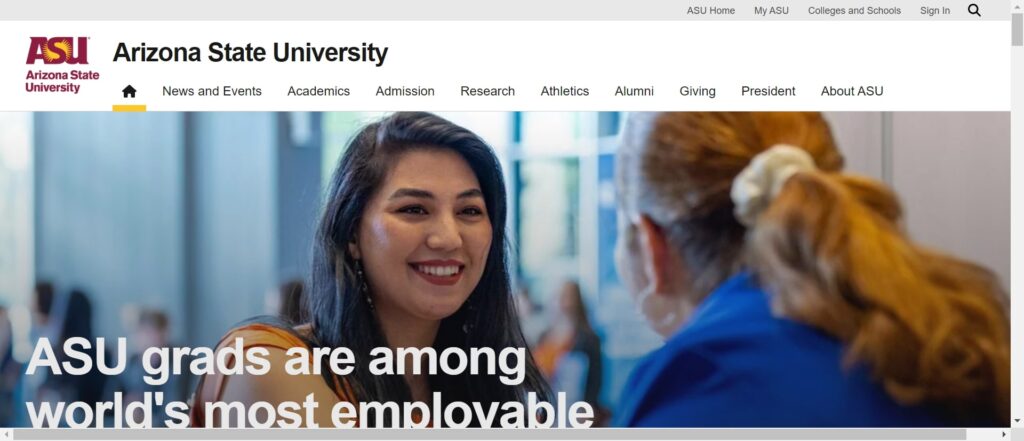
Micro-credentials and online courses are in high demand, and US universities like the University of Pennsylvania are prominently featuring these options on their websites.
Job placement data and career support services are also a major focus. Universities like Purdue University showcase strong career outcomes on websites to attract students. Additionally, interactive sessions like livestream events and webinars, offered by institutions like Massachusetts Institute of Technology (MIT) create a more engaging experience for prospective students.
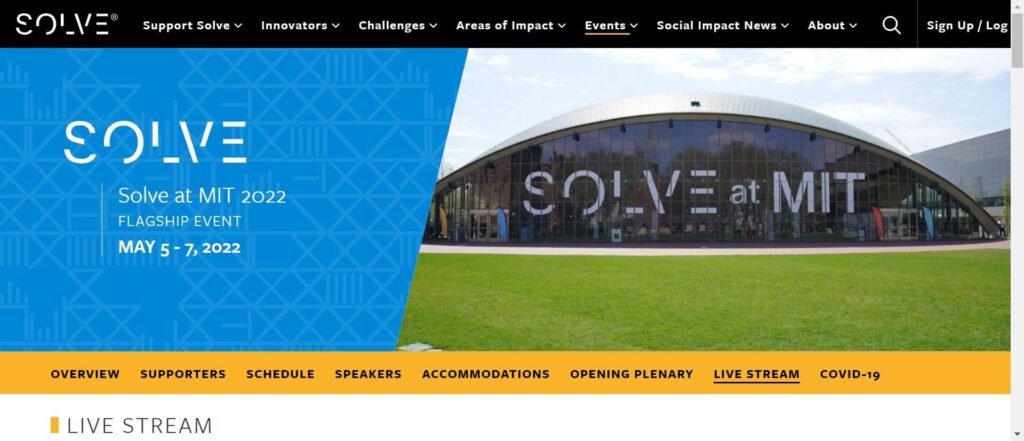
Also, web design trends in the United States emphasize individualism, personalization, high color saturation throughout websites, clear calls-to-action, large sweeping images, and concise messaging to prompt immediate user action rather than prolonged engagement.
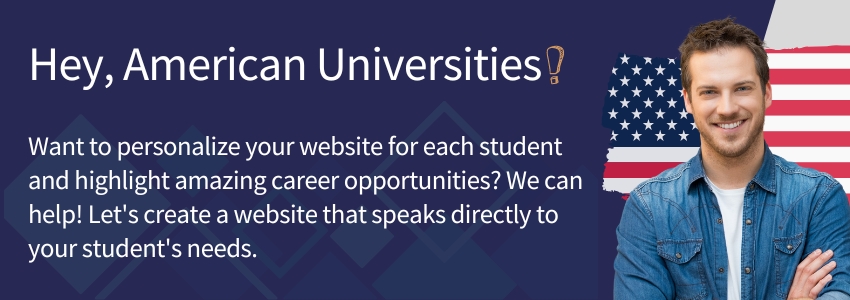
Europe: Sustainability, International Focus, and Research Emphasis
European countries showcase diverse web design elements. For instance, Scandinavian countries like Finland, Sweden, Norway, and Denmark focus on relevant content, functional accessibility, and minimalist designs that prioritize clarity and simplicity. In contrast, countries like France and the UK exhibit differences in how pricing information is displayed and call-to-action elements are integrated.
European universities are increasingly highlighting their commitment to environmental and social responsibility. Institutions like the University of Copenhagen showcase sustainability initiatives, appealing to environmentally conscious students.
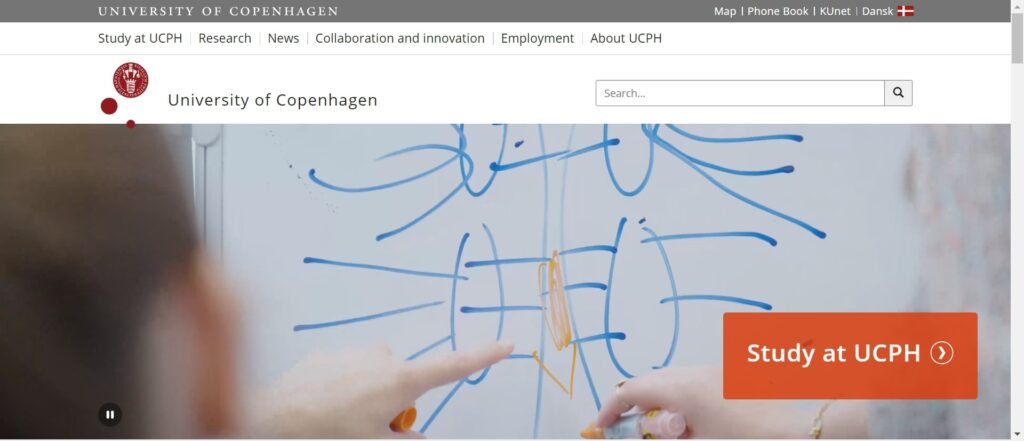
Dedicated sections with information on visas, scholarships, and cultural support cater to international students, a growing demographic in Europe. This can be seen on the website of ETH Zurich – Swiss Federal Institute of Technology.
Furthermore, European universities like the University of Cambridge emphasize research and innovation by showcasing their facilities and faculty expertise, attracting students seeking cutting-edge educational experiences. Finally, multilingual content, like that offered by Vrije Universiteit Amsterdam, caters to Europe’s diverse student body.
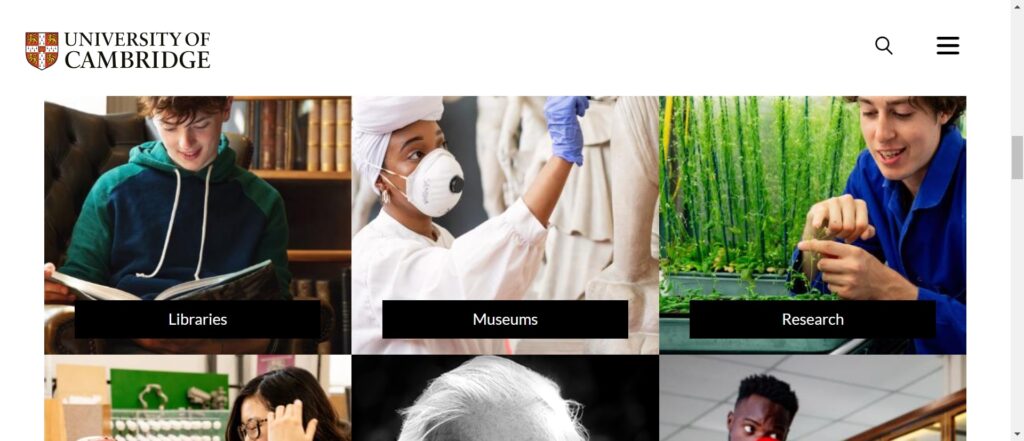
By understanding these regional trends, universities can create websites that resonate with their target audience, ultimately attracting and supporting a new generation of global learners.
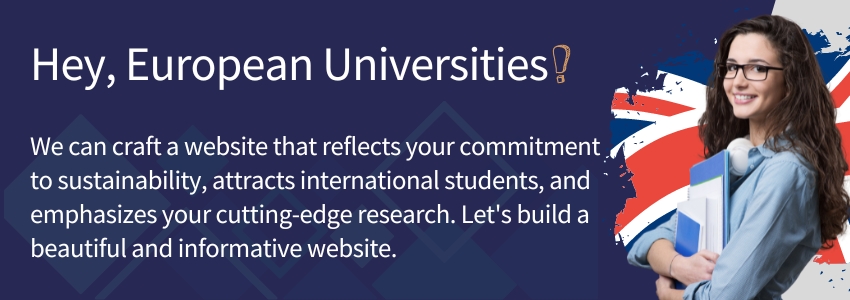
Legal and Regulatory Considerations
India: Indian websites need to comply with stricter data privacy regulations like the Indian Personal Data Protection Bill. This might influence how websites collect and store user data.
US: While data privacy is a growing concern in the US, regulations like GDPR (General Data Protection Regulation) might not directly apply compared to Europe.
Europe: Strict data privacy regulations like GDPR heavily influence website design in Europe. Websites need to be transparent about data collection practices and obtain explicit user consent for collecting and storing data.
Wrap-Up
Well, let’s wrap up this rollercoaster ride through the world of higher education website trends in India, the US, and Europe. Higher education website trends in India, the US, and Europe reflect a diverse landscape shaped by factors like technological infrastructure and cultural preferences. While certain trends are prevalent across regions, such as personalized learning and mobile-first design in India, the US emphasizes innovation and customization, while Europe focuses on inclusivity and emerging technologies like AR and VR.
Despite variations, the overarching goal remains consistent: to leverage technology to enhance educational experiences and empower learners globally.
Feel free to swing by our ColorWhistle page. You’ll get the lowdown on our services and find some interesting stuff there! Just head to our Contact Us page to get in touch with us.
What’s Next?
Now that you’ve had the chance to explore our blog, it’s time to take the next step and see what opportunities await!

